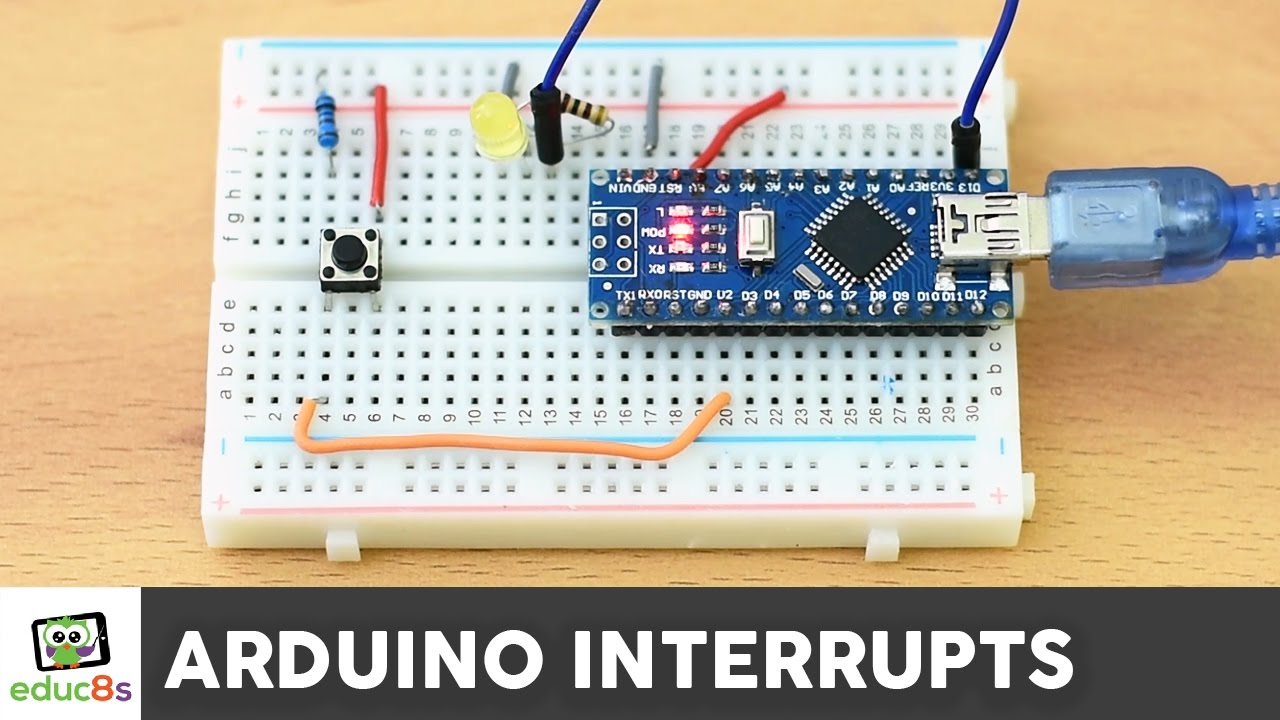

Timer1_enable(TIM_DIV16, TIM_EDGE, TIM_SINGLE) Timer1_attachInterrupt(onTime) // Add ISR Function Prescaler can equal the below values and needs the relevant bits setting (timer speed(Hz)) = (Arduino clock speed(16MHz)) / prescaler compareMatchReg = - 1ĬompareMatchReg = - 1ĬompareMatchReg = - 1 = 15624Īs this is > 256 Timer 1 Must be used for this.ĬompareMatchReg = 15624 // preload timer from calc above Set compareMatchReg to the correct value for our interrupt interval ! Remember ! that when you use timers 0 and 2 this number must be less than 256, and less than 65536 for timer1
ARDUINO MILLIS INSIDE INTERRUPT CODE
The prescaler allows this to be scaled to allow longer intervals.įor AVR boards the compare match register also needs configuring, and is worked through in the code below fully.Ĭompare match register = - 1 The prescaler is used, as the timers can only store up to 8/16 bits in their counters, meaning they would overflow every 256/16000000 s (16us) for 8 bit counters, and 65536 / 16000000 s (4us) for 16 bit counters, which is often far more than needed. The ISR is then configured to fire after a specific number of ticks. The prescaler / divider is what the above frequency is divided by to form a "tick" of the timer (increment its counter). Timer speed (Hz) = Timer clock speed (Mhz) / prescaler

These vary board to board, and some common boards are listed below: The Mega boards have Timers 3,4,5 which may be used instead CalculationsĪs these timers are hardware based, all timing is related to the clock of the timer. Timer2 - An 8 bit timer used by the Tone() library Timer1 - A 16 bit timer used by the Servo() library Timer0 - An 8 bit timer used by Arduino functions delay(), millis() and micros(). NOTE - Timer interrupts may interfere with other functionality (PWM for example) depending on the timer chosen to configure.Ġ (Used by WiFi), 1 is available to configure.Į.g.

are restricted to a small number of timers depending on the MCU hardware in use.only fire when the configured timer overflows.need to be extremely fast to execute, and it is often best to simply set a number of flags or states within the Interrupt Service Routine, then evaluate them when required in your normal thread code in loop().The concepts of how they work is the same however accross all platforms.

NOTE - the configuration of these varies from platform to platform, and may involve very different code to the below. They are so called as they will intterupt the thread of execution after the current instruction completes, and run their code, returning to the next instruction from where it left off when it has finished. These are similar to external interrupts, but instead of firing on an external event, they fire on a timer. which becomes virtually impossible without using Timer Interrupts. There are times when you need something to happen, on time, every time.


 0 kommentar(er)
0 kommentar(er)
